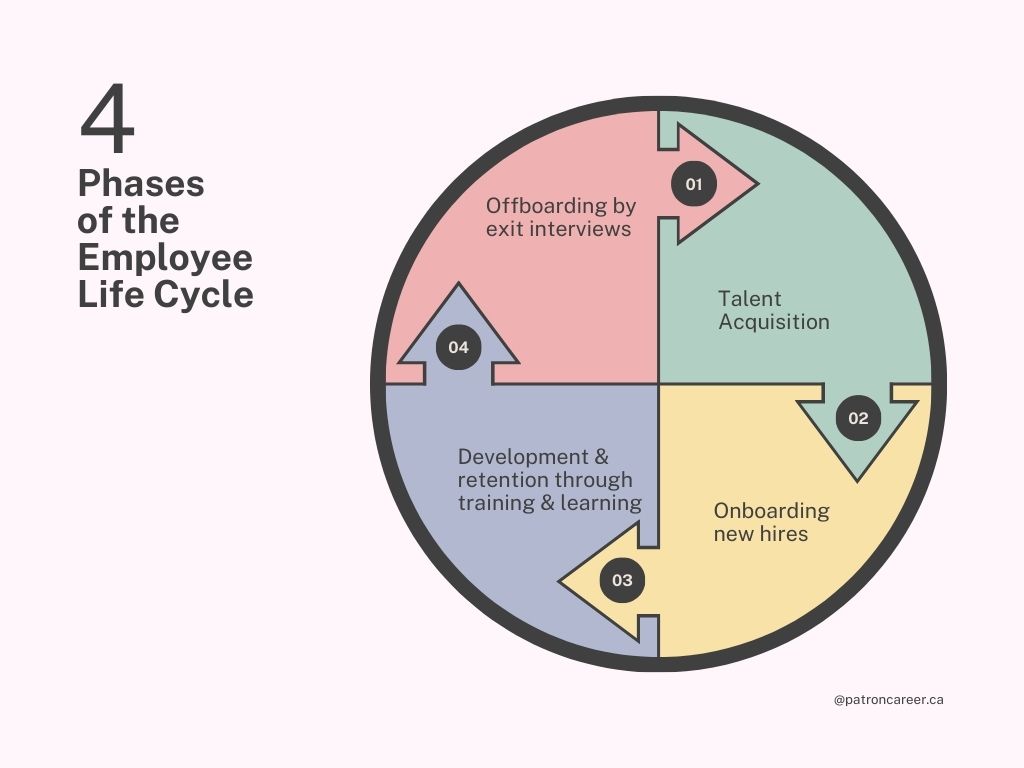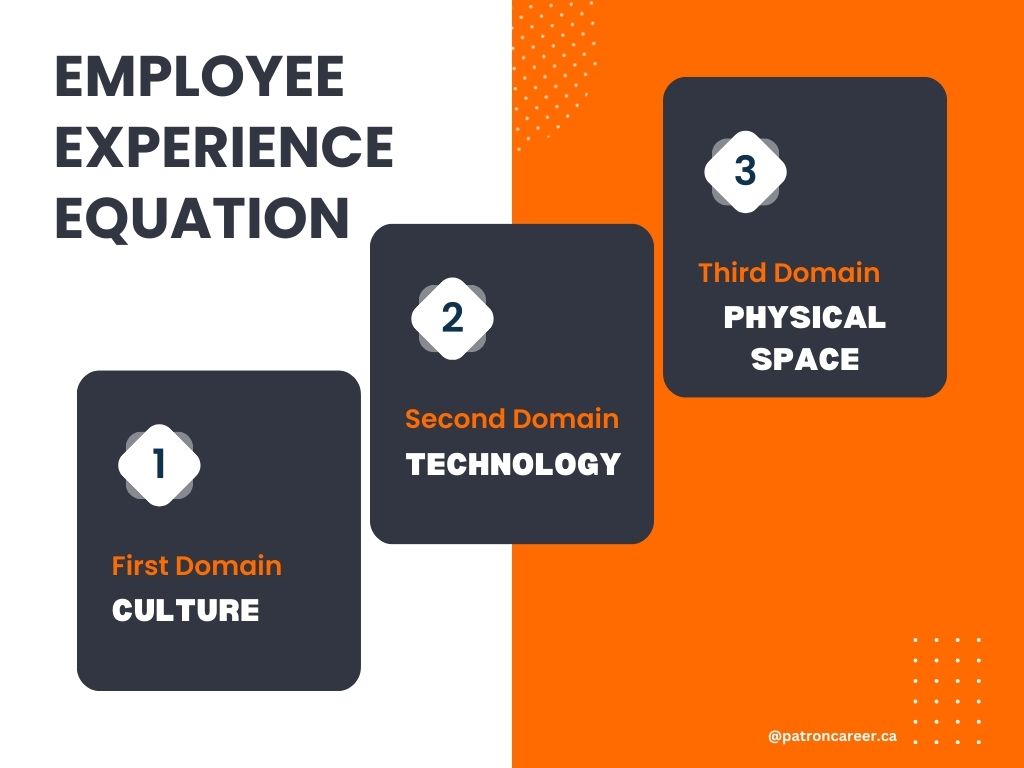5 Ways to Measure Your Employee Experience Strategy (Plus Tips to Enhance It)
Employees are the stellar assets of an organization. Their welfare and overall well-being are quintessential for maintaining the health and prosperity of your business. Companies that understand the importance of keeping employees happy excel compared to those who understate their workforce.
Employee Experience (EX) has emerged as a central pillar in boosting workplace productivity, and engagement, and attracting fresh talent year by year. While many organizations misapprehend employee experience for monetary perks, it is far more comprehensive than just salary and benefits.
The true essence of EX lies in extracting meaningful positivity, offering personal growth opportunities and a holistic sense of belonging. To stay competitive in today’s market, organizations need to measure their employee experience continuously and, more importantly, enhance it based on real-time feedback.
First, let’s divulge by capturing the meaning and importance of employee experience.
What is Employee Experience (EX)?
From the moment an employee applies for a job at your company to their final offboarding, every aspect- no matter how big or small, constitutes employee experience. Simply, employee experience encompasses an employee's journey throughout his time at the company, including every interaction or encounter.
Employee experience covers an employee’s emotional, cognitive, and social experiences within the workplace. It directly influences how they perceive their role, colleagues, supervisors, leadership and the overall company culture. It is important to ensure a positive employee experience for your workforce, because otherwise, employees with a negative experience at work may badmouth the company culture, eventually dissuading other job- seekers from applying at your company.
Here is a detailed guide on Employee Experience.
Why Measure EX?
Whatever the employee feels, sees or goes through at work is his experience. It can be positive or negative. Companies essentially run at a loss if they fail to measure employee experience because they remain uninformed about critical factors that directly affect employee productivity, retention, and engagement.
Tracking EX yield higher productivity, profitability, work quality, job satisfaction and motivation. On the other side, constantly measuring EX helps to lower turnover, absenteeism, burnout and hiring costs. It is the holistic way to understand if you’re delivering the experience you promised to employees when they signed up for the job.
5 Smart Ways to Measure Employee Experience at Work
To quantify employee experience the right way in 2024, take a closer look as we explain the tailored approaches to track EX at the workplace:
1. Employee Engagement Surveys: Your Baseline for Experience
Surveys remain one of the highly popular tools to gauge employee experience. Surveys can be performed quarterly or bi-annually as per the company requirements. These help provide crucial insights into how employees feel about their work, the organization and leadership . Both quantitative and qualitative questions should be asked in surveys to gather a wealth of information from employees.
How to Enhance: To ameliorate employee surveys, make the process more interactive and anonymous to gather honest feedback. Collect data about how the company culture, growth opportunities, mental well-being support and leadership are treating your workforce. Gathering information is one thing, but acting on it is indispensable for company success.
2. Pulse Surveys: The Quick-Check Approach
One important point about pulse surveys is that they are more rapid (about 5-15 minutes long) and more frequently done than traditional engagement surveys. These quick surveys gather the real-time experience of employees by focusing on current events, workplace adjustments, and overall employee opinions.
How to Enhance: Whenever there are new management policies in place or any major changes, use quick surveys to check their effect on the workplace. Startups can benefit from these short and focused surveys to track employee happiness, engagement and sentiments at the workplace.
3. One-on-One Interviews: Personalized Insight Gathering
Data is essential, but it doesn’t always tell the full story. Interviews reduce the gap between management and employees by asking qualitative and open-ended questions to understand their honest reviews and attitudes about work. Personalizing interviews allows a deeper perspective on areas of satisfaction and dissatisfaction, which often employees might hesitate to mention.
How to Enhance: Your employees are the backbone of the organization. The management’s efforts to keep employees happy must be reflected in their work and overall well-being. This is possible through keeping open lines of communication to build trust and transparency around key topics like career growth, employer-employee relations, team dynamics and workload management.
Related: How to Nail Your Phone Interview?
4. Employee Net Promoter Score (eNPS): Measuring Advocacy
The Employee Net Promoter Score is an indispensable metric for gathering the likelihood of employees recommending their workplace to others. This single-question survey gives a clear snapshot of overall employee satisfaction and loyalty by asking employees to rate, on a scale of 0 to 10, how likely they are to recommend your company as a great place to work.
How to Enhance: the next steps after collecting eNPS data should be to analyze the detractors, passives, and promoters. Make a note about why certain employees fall into these categories. In case your eNPS score is low, be mindful to understand why detractors felt disengaged and what you can potentially do to reengage them and increase the score.
5. Exit Interviews and Stay Interviews: Learn Why People Leave or Stay
Employee experience covers four aspects of the employee lifecycle- recruitment & onboarding, career development, engagement and exit. If you constantly face a lower retention rate, it might be the need of the hour to focus on the root causes concerning why people leave jobs. Stay interviews reflect employees' choices to remain with the company while exit interviews deal with the opposite.






